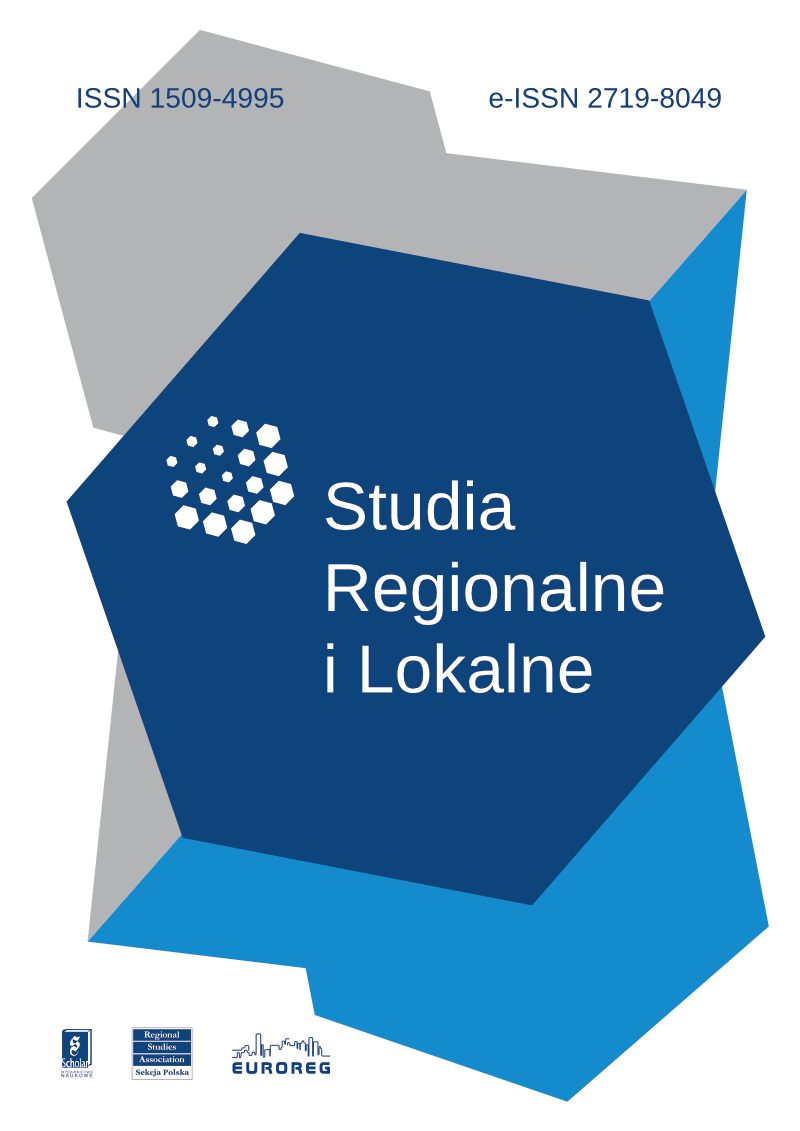Liberalizm i etatyzm w praktyce gospodarczej krajów Unii Europejskiej
Celem badań była identyfikacja i pomiar wolności gospodarczej w krajach Unii Europejskiej na przełomie XX i XXI w. Na tym tle szczególną uwagę zwrócono na zmiany (liberalizację) zachodzące w polskiej gospodarce. Podstawą analizy porównawczej między 25 krajami UE (poza Maltą i Cyprem) był materiał liczbowy uzyskany z corocznych badań wolności ekonomicznej, prowadzonych przez Heritage Foundation i Wall Street Journal w latach 1996–2008. Na łączny wskaźnik (indeks) wolności gospodarczej składała się średnia ocena dziesięciu różnych cech – kryteriów bardziej szczegółowych. Średni wskaźnik uzyskany z wszystkich 10 cech pozwalał natomiast ocenić kraj pod względem stopnia liberalizmu (wolności) gospodarki lub poziomu etatyzmu. Zaproponowane podejście metodyczne, w którym dokonuje się podziału na dwa nurty: etatyzm i liberalizm, okazało się szczególnie przydatne przy ocenie procesów zachodzących również w polskiej gospodarce.
W wyniku badań stwierdzono, że wśród 15 krajów tzw. dawnej UE 10 zalicza się do grona bardziej liberalnych. W tej grupie jest też najbardziej liberalna w UE Irlandia, natomiast drugą grupę stanowi pięć państw wyraźnie mniej liberalnych: Hiszpania, Francja, Portugalia, Włochy i Grecja. Polska to kraj najbardziej etatystyczny spośród wszystkich członków UE, chociaż w pierwszych latach transformacji należała nawet – obok Czech i Estonii – do trzech liderów pod tym względem. Trudno więc utożsamiać gospodarkę polską z zaawansowanym bądź nadmiernym liberalizmem. Jest to – zgodnie ze współczesnymi standardami – raczej gospodarka etatystyczna, z pewnymi, i to nielicznymi, elementami liberalizmu.
Badania wskazują, że kryzysu gospodarczego, który ujawnił się w połowie 2007 r., nie można utożsamiać wyłącznie z gospodarką liberalną, chociaż za takim źródłem przemawiają przyjmowane metody wychodzenia z zapaści gospodarczej. Przeważają tu rozwiązania etatystyczne, ale w wyraźnej mniejszości pojawiają się również metody liberalne. Rozstrzygnięcia należy jednak oczekiwać dopiero po kilku latach.
Liberalism and statism in the economic practice of European Union countries
The aim of the research was to identify and measure the level of economic freedom across the EU at the turn of the 20th and 21st centuries. Special attention was paid to the changes in (i.e. liberalization of) the Polish economy. The basis of the comparative analysis between the 25 EU countries (excluding Malta and Cyprus) was provided by data acquired from the annual economic freedom study conducted by the Heritage Foundation and the Wall Street Journal in the years 1996–2008. The overall economic freedom index consisted of the average from marks for 10 different features – more detailed criteria. The average index acquired from all 10 features was the basis of a country’s mark for the level of liberalism (economic freedom) or statism. The proposed methodological approach, in which the two main currents of statism and liberalism are exposed, was especially useful in evaluating the processes occurring in the Polish economy. The results of the research show that, in the group of 15 countries of the “old” EU, 10 can be considered more liberal. This group includes, as the most liberal EU state of all, Ireland. The second group is formed of 5 countries apparently less liberal, i.e. Spain, France, Portugal, Italy and Greece. Poland is found to be the most statist country anywhere in the EU, notwithstanding its status (along with the Czech Republic and Estonia) as one of the three leaders of liberalism in the first years of transformation. In this situation it is hard to identify the Polish economy with advanced or even excessive liberalism. It is – according to the present standards – a rather state-controlled economy, albeit with certain but scarce elements of liberalism. The research shows that the economic crisis which occurred from mid 2007 cannot be identified only with the liberal economy, even though the implemented methods of dealing with the crisis seem to point to such a source. Statist solutions prevail here, but some liberal methods appear as well. A solution to this dilemma can only be anticipated after several years have passed.



